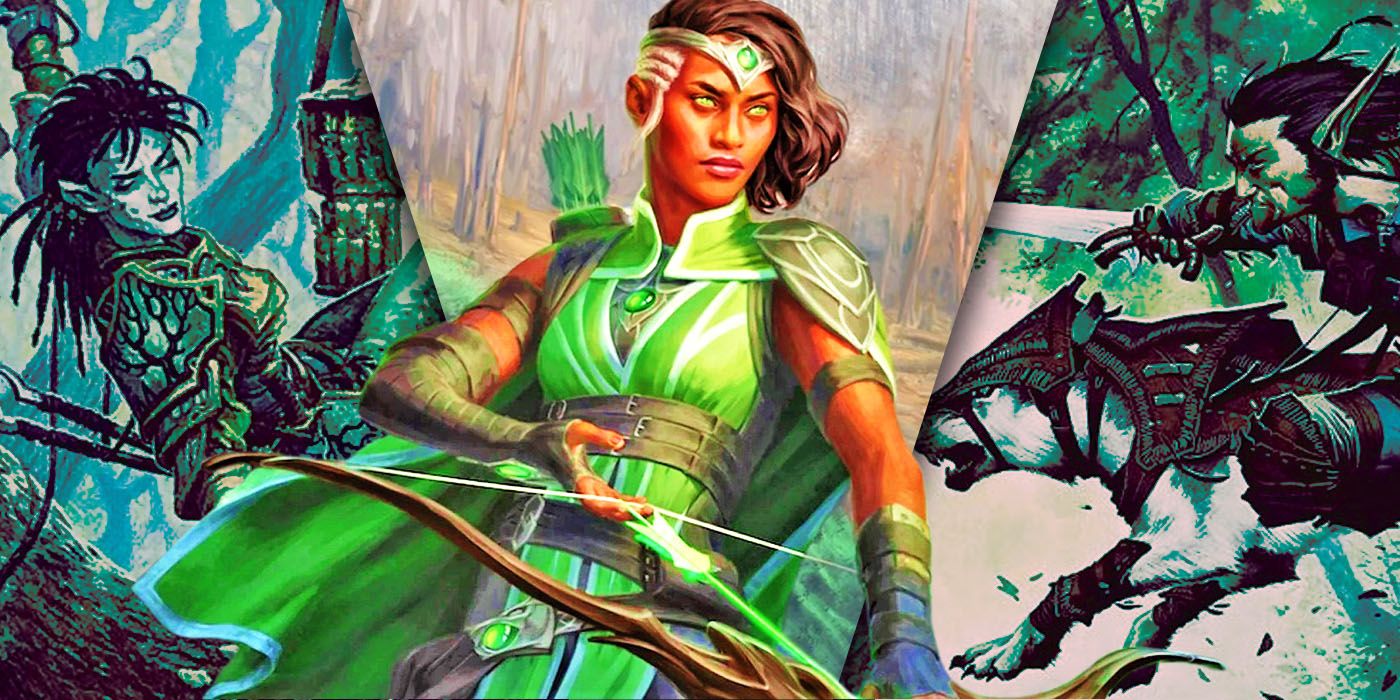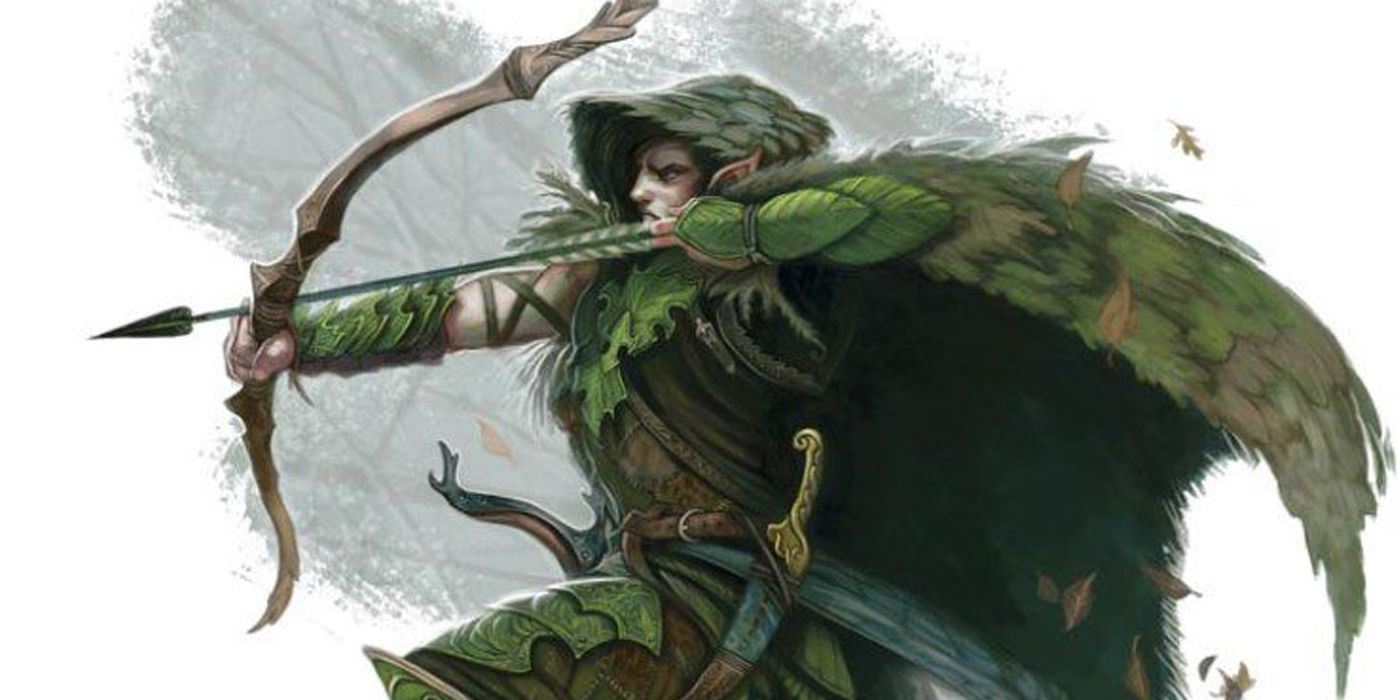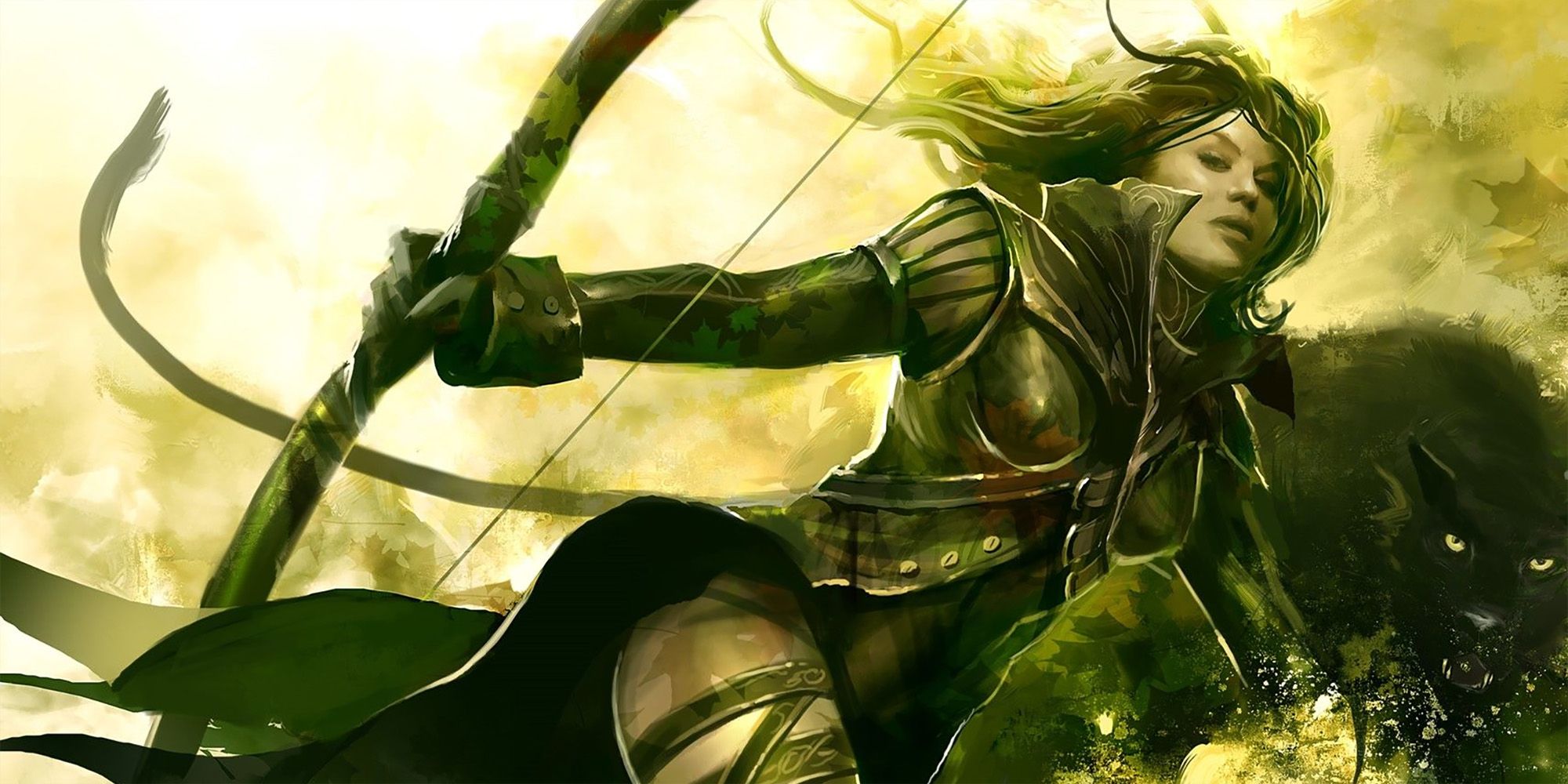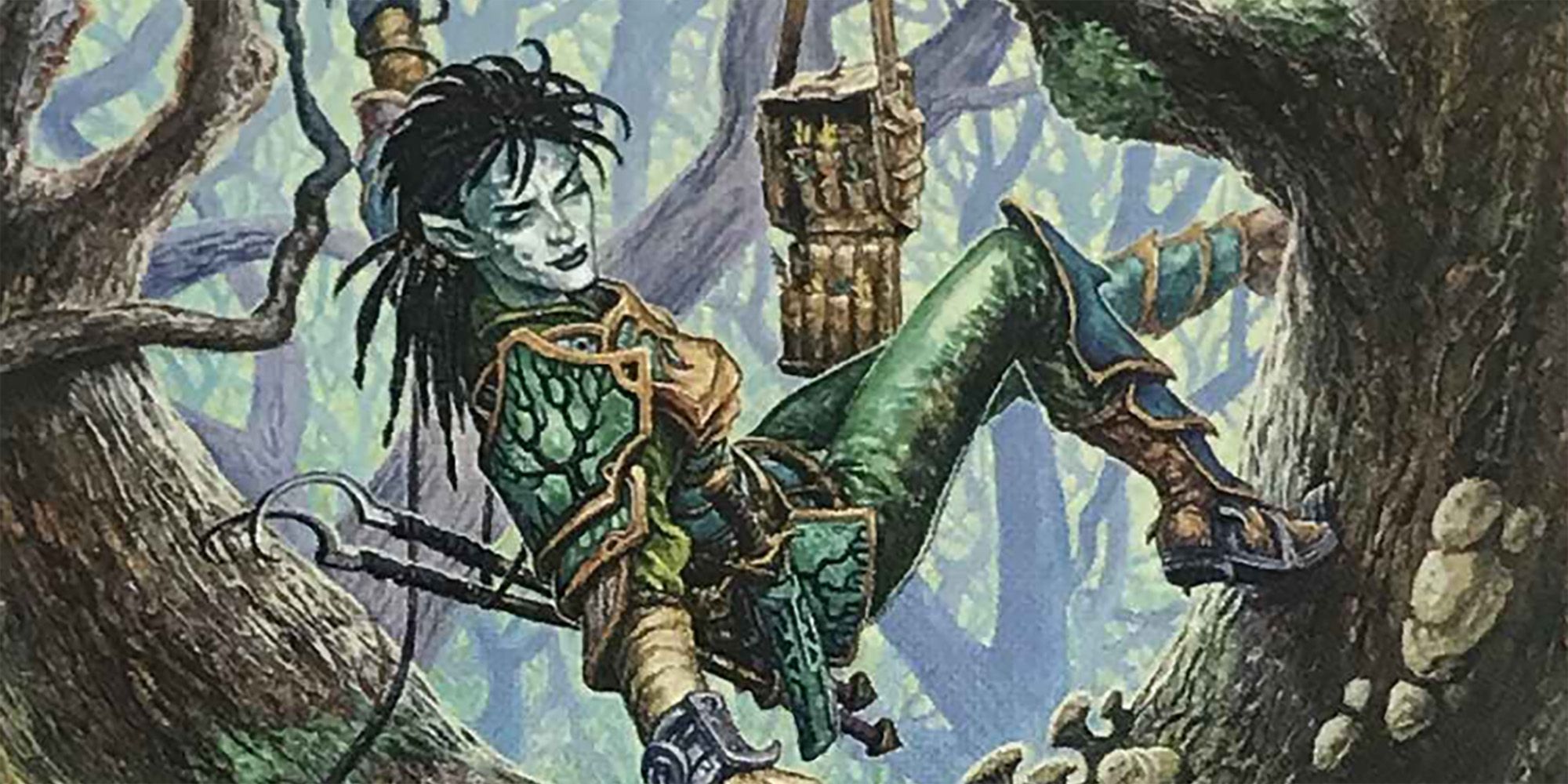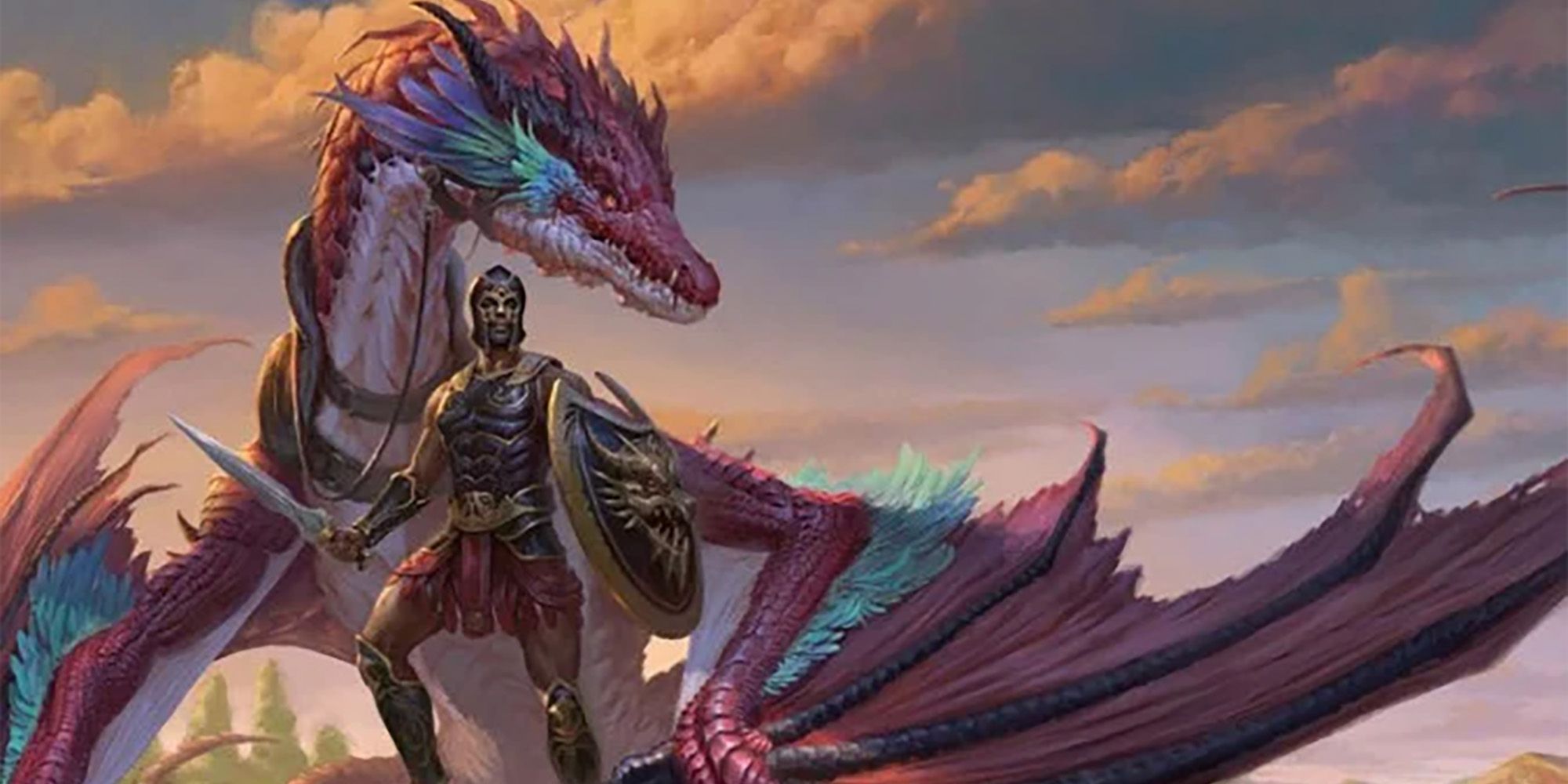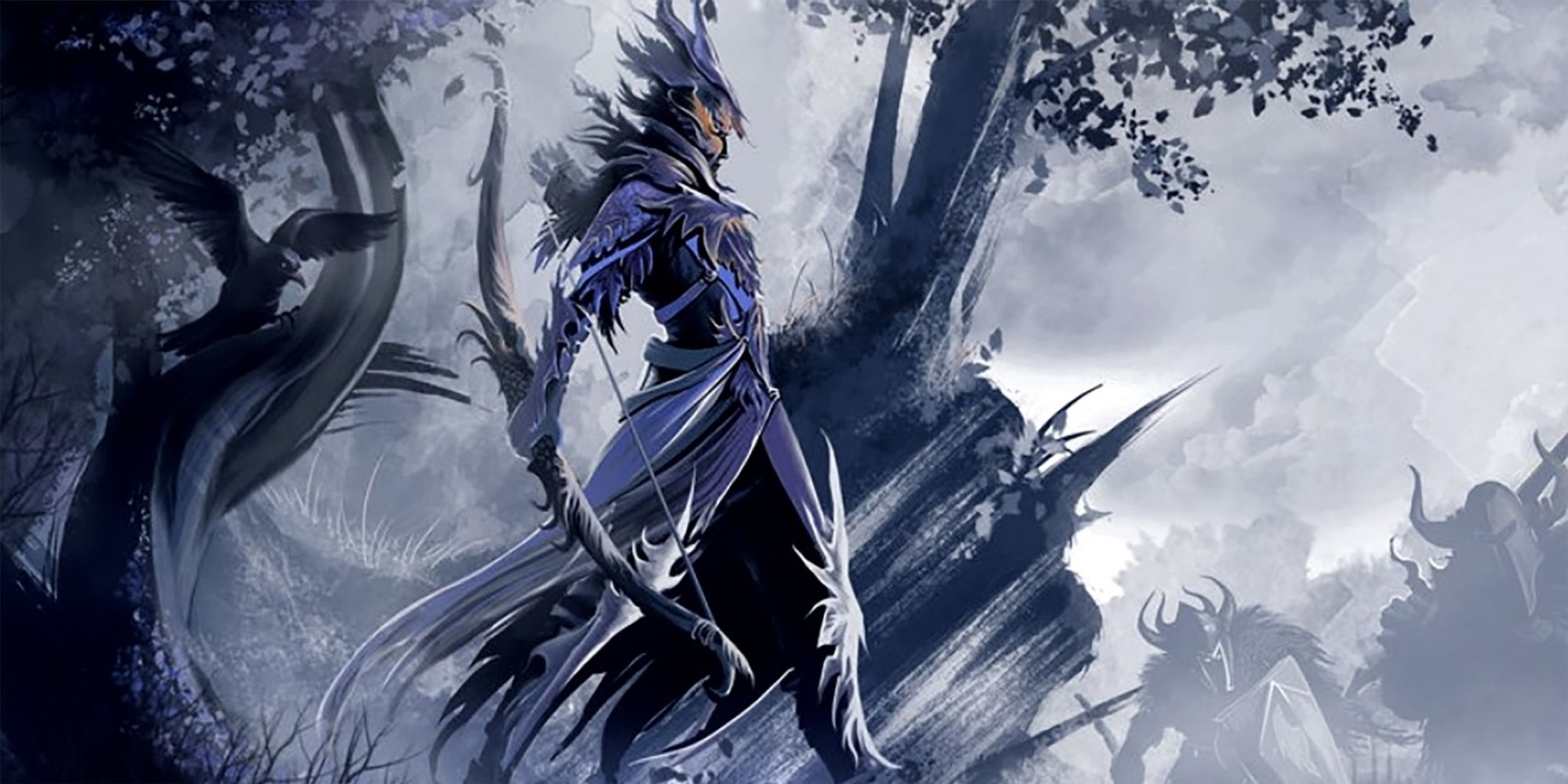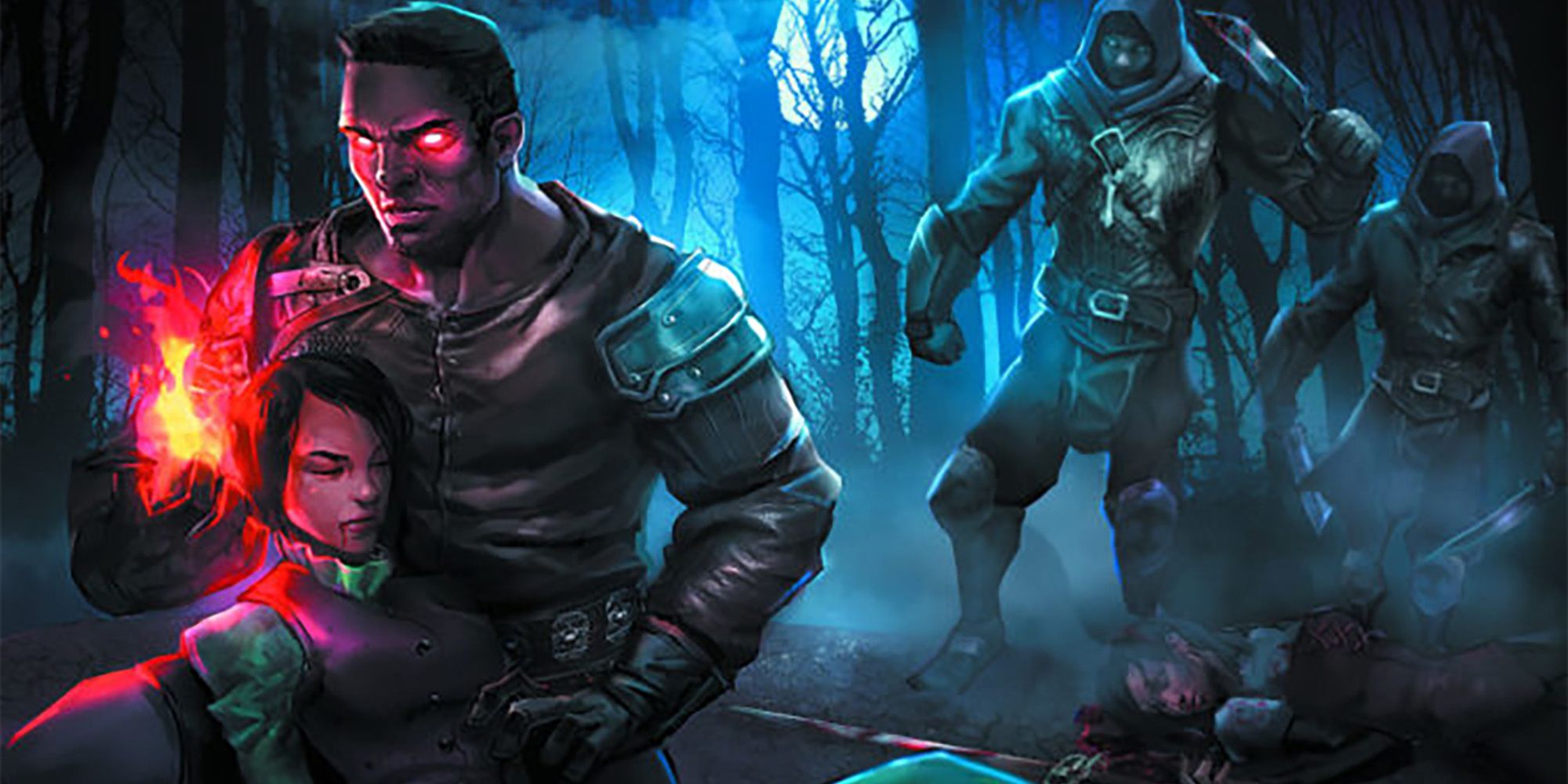The rangers of Dungeons & Dragons are master hunters who use various specialties and tactics. Some rely on their bond with animal companions, while others draw strength and power from their connection to the Fey. There are those who stand guard against inter-planar threats and others still who bond with dragons to aid them in their vigil against those who seek to threaten their world.
From R. A. Salvatore's Drizzt Do'Urden to Critical Role's Vex'ahlia, rangers are a valuable asset to the parties they adventure with, guiding companions through unexplored areas with accuracy and precision. Depending on their chosen archetype, they can bring unique abilities to the party, and while each of the archetypes offers plenty of intriguing features, some of those features are better than others.
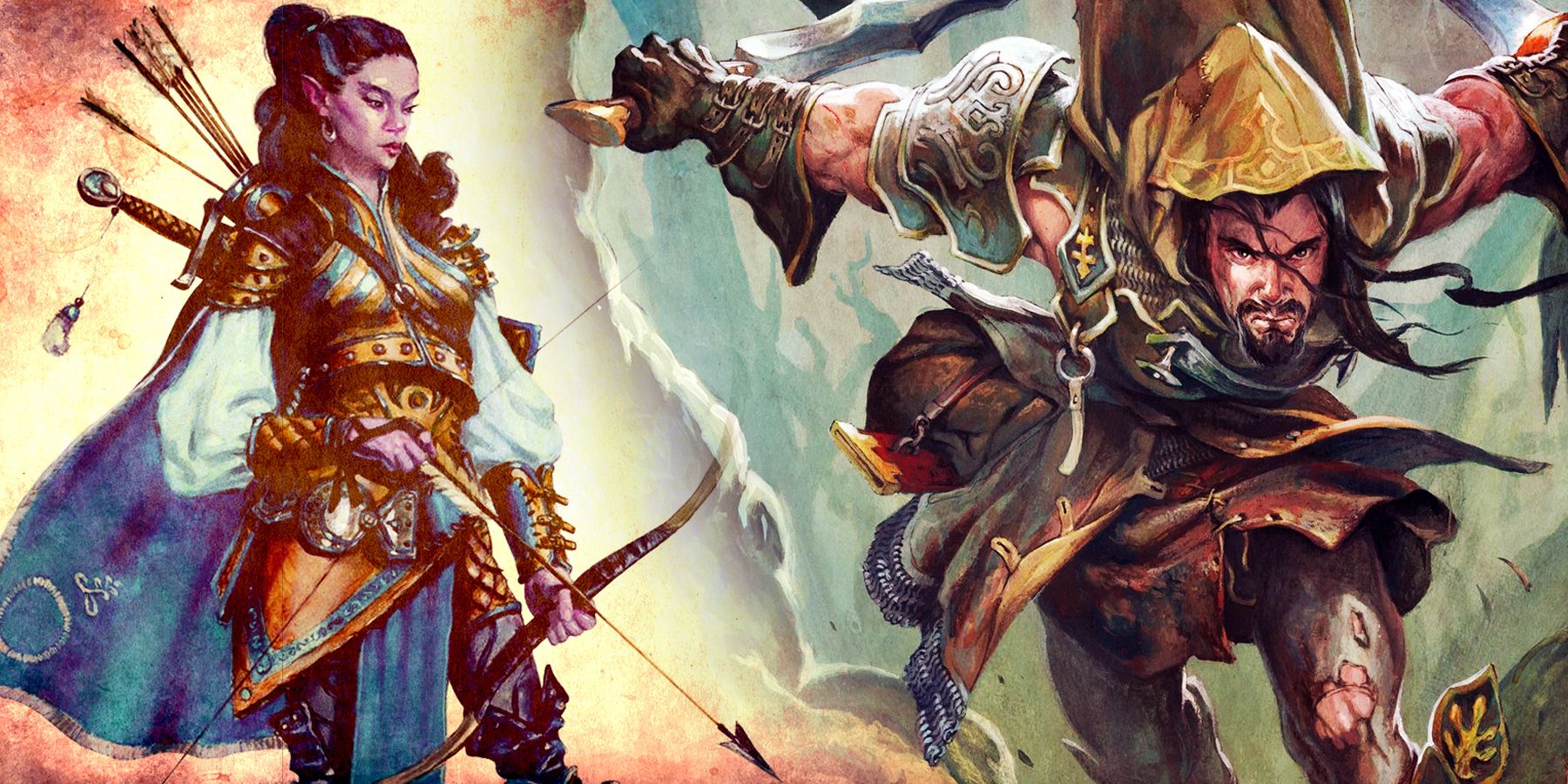
Every Ranger Multiclass Combo In D&D 5e
Multiclassing is an effective tool for enhancing a ranger's abilities in D&D, but only certain combinations yield the best results.Updated on February 14th, 2024 by Louis Kemner: This list of the eight ranger subclasses has been updated to include more information about each ranger archetype's abilities, as well as to adhere to CBR's current publication standards.
8 Hunters Are Roguish, but Unexciting, Rangers
|
Hunter Levels |
Subclass Features |
|---|---|
|
3 |
Hunter's Prey |
|
7 |
Defensive Tactics |
|
11 |
Multiattack |
|
15 |
Superior Hunter's Defense |
Hunters gain a lot of advantages against specific types of monsters, as they are the bulwark between civilization and the darkness that lurks in the wilds. As these rangers level up, they take on unique abilities to face down everything from giants to massive hordes of enemies. They also gain powerful defensive and offensive techniques to keep them safe while they take out enemies both up close and from a distance.
Coupled with the basic ranger features and techniques, Hunters are incredibly capable both on and off the battlefield, and can disappear from sight almost as easily as the sneaky Rogues they travel with. They can lead the party through just about anything, piling on massive amounts of damage when it comes to their favorite foes. However, the Hunters specialized features are lacking in comparison to those of other archetypes, so Hunters rank last among the eight current ranger archetypes.
7 Beast Master Rangers Are a Classic but Overshadowed Archetype
|
Beast Master Levels |
Subclass Features |
|---|---|
|
3 |
Ranger's Companion |
|
7 |
Exceptional Training |
|
11 |
Bestial Fury |
|
15 |
Share Spells |
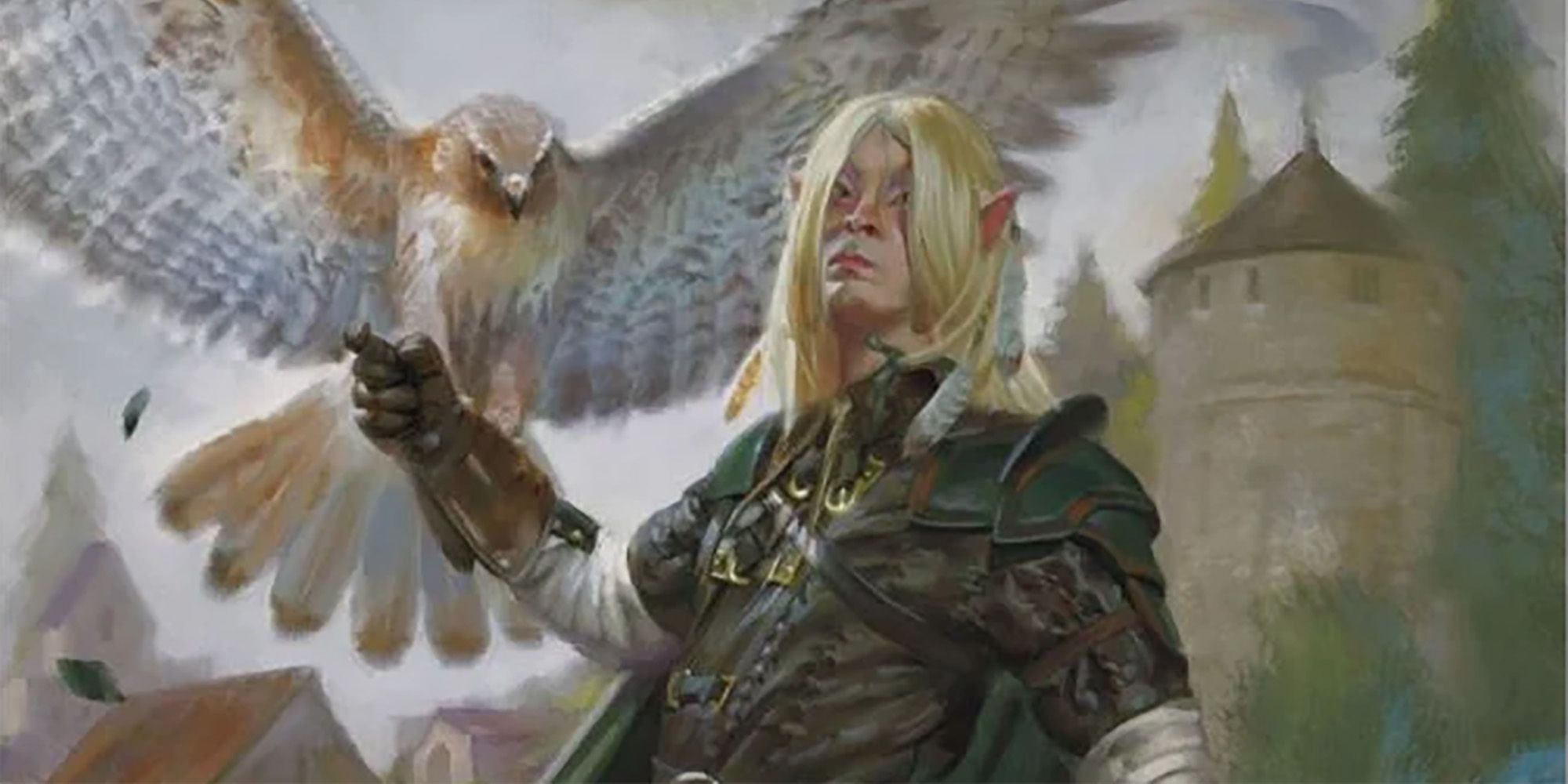
How to Build the Perfect Beast Master Ranger in Dungeons & Dragons
D&D's Beast Master Rangers bring animal companions to the table that can become valuable party members, but the right build is a delicate balance.Not all rangers come with an animal companion to fight beside them, but due to their affinity for natural terrain and the wilderness, many have the ability to communicate with wildlife. Beast Masters share a deep bond with an animal companion both on and off the battlefield. They travel together, train together and, when it comes time to enter into battle, they fight side by side, with the beast following its master's commands to the best of its ability.
Because of their bond, the animal companion does everything in its power to protect its master, even when the ranger is immobilized or unconscious. Having an animal companion is like adding an extra member to the party who will watch the ranger's back no matter what they come up against. Beast Master is a classic archetype, which makes it a favorite among players. However, as the number of playable classes and subclasses have expanded, Beast Masters have been overshadowed by more exciting options.
6 Monster Slayers Are Valuable Allies For Exploring Dark Places
|
Monster Slayer Levels |
Subclass Features |
|---|---|
|
3 |
Monster Slayer Magic, Hunter's Sense, Slayer's Prey |
|
7 |
Supernatural Defense |
|
11 |
Magic-User's Nemesis |
|
15 |
Slayer's Counter |
Monster Slayers devote their lives' work to dealing with the threat of deadly creatures of the night and mages who specialize in dark magics like necromancy. These rangers are perfect for campaigns set in places like Ravenloft, where vampires, werewolves, liches, and other dark entities tend to rule the realm. Monster Slayers' unique powers they possess grant them an advantage against enemies that might otherwise be difficult to battle.
At third level, Monster Slayers can look at an enemy and know the best way to hurt it, determining immunities, resistances or vulnerabilities. They gain access to spells like Protection from Good and Evil, Banishment and Hold Monster as they level up, making them valuable allies against denizens of the night. Specializing in the fight to protect the innocents of the world from its darkness has so much potential for character creation, backstory and role-playing options, which puts this archetype in the middle of the list.
5 Swarmkeeper Rangers Have Great Story and Role-Playing Potential
|
Swarmkeeper Levels |
Subclass Features |
|---|---|
|
3 |
Gathered Swarm, Swarmkeeper Magic |
|
7 |
Writhing Tide |
|
11 |
Mighty Swarm |
|
15 |
Swarming Dispersal |
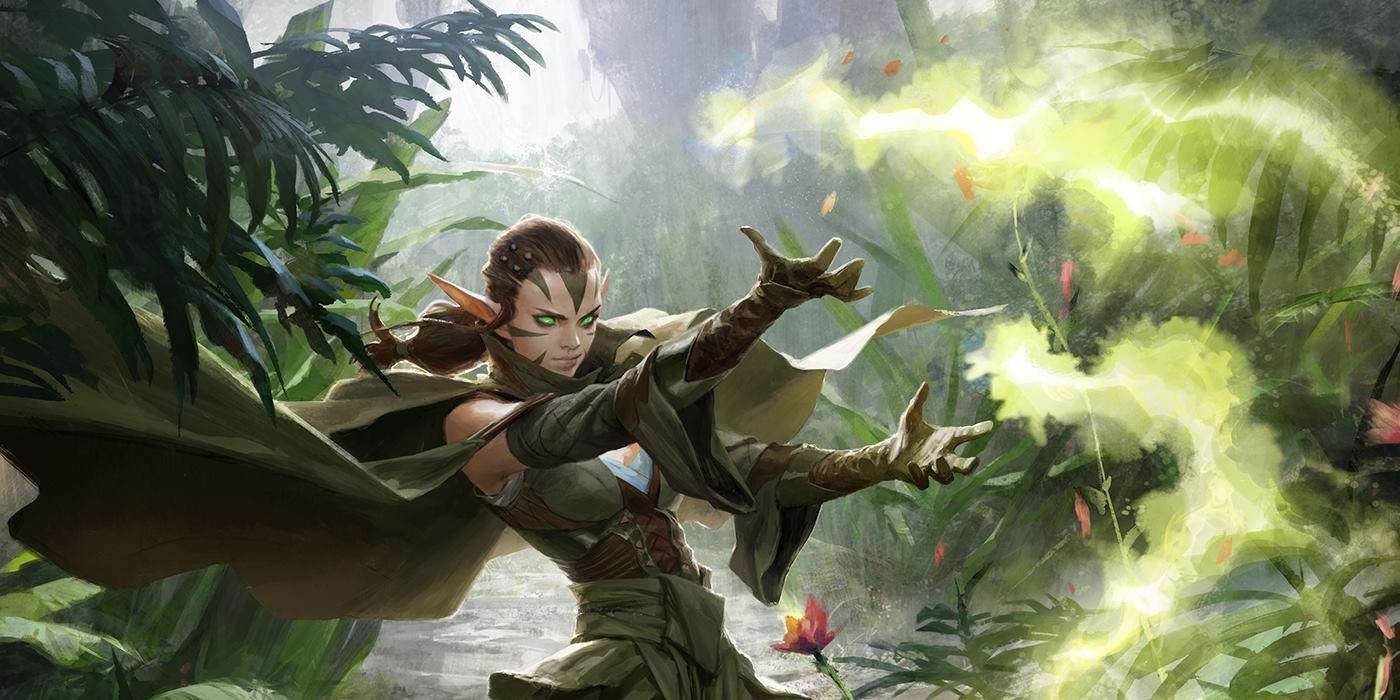
Dungeons & Dragons: How to Build the Perfect Swarmkeeper Ranger
D&D's Swarmkeeper Ranger establishes a deep bond with nature spirits that allows them to call upon their power of those spirits and command them.The bond Swarmkeepers share with the natural world extends to nature spirits that can gather into a swarm to attack and protect to keep the ranger safe. Many rangers of this archetype are often hermits or outcasts who share a closer bond with their swarm than they would ever have with other living creatures, and that makes them somewhat difficult to relate to. It's up the player character to describe the appearance and nature of the swarm, which lends a creative boost to character creation elements.
One of the things that makes the Swarmkeeper archetype really fun is that the spells these rangers learns are often closely related to their swarm. At level seven, they can create a mass of the swarm powerful enough to lift them off the ground and grant them a fly speed of 10 feet. They can even discorporate to become a part of their swarm at level 15, gaining damage resistance and the ability to teleport to an unoccupied space up to 30 feet away.
4 Drakewarden Rangers Have an Epic Draconic Companion
|
Drakewarden Levels |
Subclass Features |
|---|---|
|
3 |
Draconic Gift, Drake Companion |
|
7 |
Bond of Fang and Scale |
|
11 |
Drake's Breath |
|
15 |
Perfected Bond |
Much like the Beastmaster, the Drakewarden shares a special bond with a creature, or at least the spirit of one. Introduced officially in Fizban's Treasury of Dragons, Drakewardens connect with the spirit of a dragon, which takes form of a drake that can be summoned to battle alongside the ranger.
Not only does this type of ranger gain resistances with its drake, but they can determine which resistances its drake will have before it summons it, making it great for situational use. As the bond between Warden and drake grows, the ranger can learn to ride into battle on its back, an option that grows more powerful as the ranger gains levels. Having a dragon as an ally is just enough to make Drakewarden rank in the middle among the eight ranger archetypes. It's a fun build, but three ranger archetypes are definitely stronger and more reliable overall.
3 D&D's Fey Wanderers Have Useful and Mysterious Powers
|
Fey Wanderer Levels |
Subclass Features |
|---|---|
|
3 |
Dreadful Strikes, Fey Wanderer Magic, Otherworldly Glamour |
|
7 |
Beguiling Twist |
|
11 |
Fey Reinforcements |
|
15 |
Misty Wanderer |
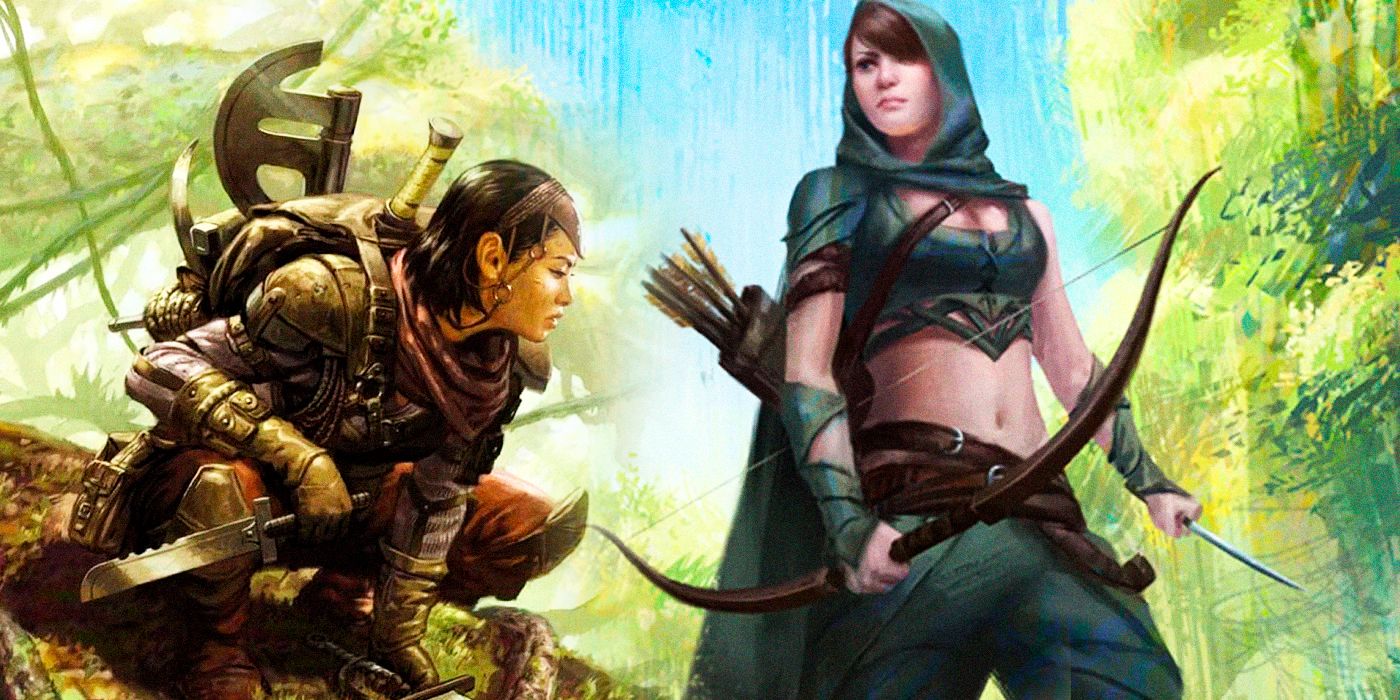
Dungeons & Dragons: How to Build the Perfect Fey Wanderer Ranger
The Fey Wanderer Ranger brings the chaos and magic of the infamous Feywild to the Ranger class. With the right stats, they are essential to any party.Those who follow the path of the Fey Wanderer represent the mortal world and the Fey, having been granted a significant amount of power from an archfey. These rangers celebrate the joys of the world, not unlike the Fey who influence their power -- and they are just as cunning and dangerous. Their power tends to mimic those with Fey ancestry, like elves, and they gain advantage on saving throws that would see them charmed or frightened.
Because they travel through means as mysterious as the Fey themselves, they gain access to spells like Misty Step and Dimension Door, and they can use their wiles to Charm or Mislead their foes and take advantage of their confusion. Fey Wanderers can also call forth a Fey spirit in battle to fight and protect themselves and their allies, choosing its mood and appearance and following the provided stat block. The fact that these Fey Wanderer rangers can blink in and out of the Fey Realm as they grow more powerful and share the blessings of the Feywild definitely earns them a spot in the top three.
2 Horizon Walker Rangers Can Combat Interplanar Threats With Ease
|
Horizon Walker Levels |
Subclass Features |
|---|---|
|
3 |
Horizon Walker Magic, Detect Portal, Planar Warrior |
|
7 |
Ethereal Step |
|
11 |
Distant Strike |
|
15 |
Spectral Defense |
The Horizon Walker specializes in protecting the mortal realm from forces beyond the mortal plane of existence. These guardians of the planes take a huge burden upon themselves, becoming stalwart protectors against threats others may not even know have crossed through the planes to wreak havoc. They work hand-in-hand with other benevolent forces in the multiverse who strive to maintain balance.
Horizon Walkers have the ability to magically sense portals to other dimensions and realms, where they often stand guard or pass through effortlessly in pursuit of their foes. They can pass into the Ethereal Plane to move through enemy territory unaffected and unharmed, and blink effortlessly from space to space while doling out attacks on three different enemies in a round. Plus, with access to spells like Misty Step, Haste, and Banishment, these rangers can move quickly to banish their foes to another plane of existence, giving the party time to regroup or retreat before diving back into battle.
1 Gloom Stalkers Are the Best of the DnD 5e's Ranger Archetypes
|
Gloom Stalker Levels |
Subclass Features |
|---|---|
|
3 |
Gloom Stalker Magic, Dread Ambusher, Umbral Sight |
|
7 |
Iron Mind |
|
11 |
Stalker's Flurry |
|
15 |
Shadowy Dodge |
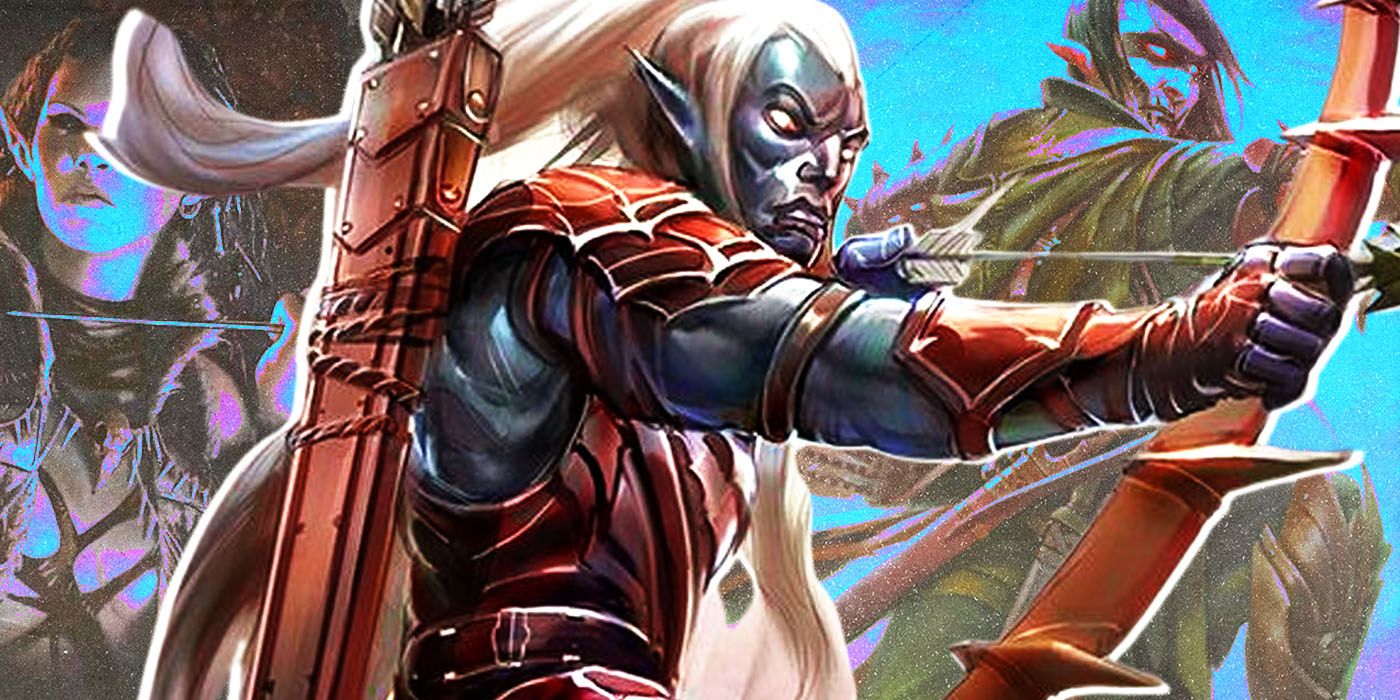
Dungeons & Dragons: How To Build The Perfect Gloom Stalker Ranger
D&D's Gloom Stalker Ranger doesn't fear exploring the dark forests or gloomy caverns that give others trepidation. Here's what makes them strong.Gloom Stalker is currently the best ranger archetype because they are unafraid to march straight into those dark, terrifying places others tend to fear. Many of these rangers come from the Underdark, where navigating and protecting the shadowy tunnels makes them a valuable ally. But their skills are useful everywhere from dark allies to primeval forests where the light of the sun barely reaches the forest floor. These rangers have superior Darkvision, as well as a feature that allows them to seem invisible to other creatures who rely on Darkvision to navigate their shadowy realms. As master ambushers, Gloom Stalkers can add their Wisdom modifier to initiative rolls to put themselves higher on the combat roster.
Additionally, Gloom Stalkers gain resistance to mind-altering attacks and can fire off a second attack on their turn if the first one doesn't connect, almost guaranteeing they will make contact regardless. They can even impose disadvantage on a foe's attack rolls against them if the creature doesn't have advantage on the attack. This feature makes them seem almost as impossible to hit as they are to detect -- which is exactly what one wants from a ranger. All this makes it wonderfully clear that the Gloom Stalker subclass ranks first among all ranger archetypes, and helps give this iffy class a good name.
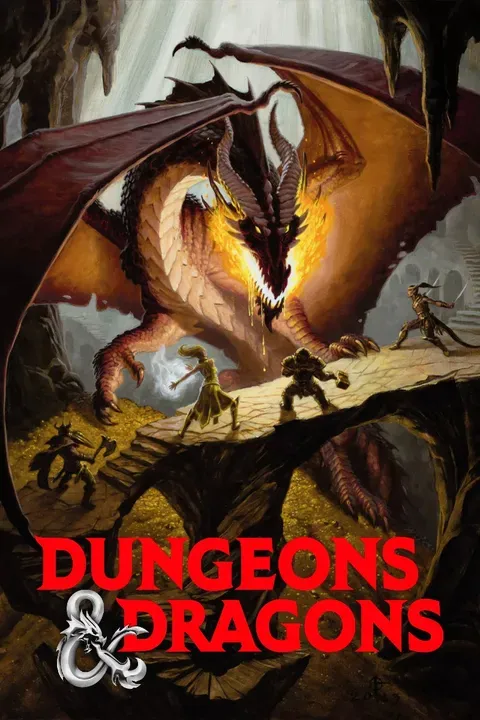
Dungeons and Dragons
A fantasy roleplaying tabletop game designed for adventure-seekers, the original incarnation of Dungeons & Dragons was created by Gary Gygax in 1974.
- Franchise
- Dungeons & Dragons
- Original Release Date
- January 26, 1974
- Publisher
- Wizards of the Coast , TSR Inc.
- Designer
- E. Gary Gygax , Dave Arneson
- Player Count
- 4-8 Players Recommended
- Age Recommendation
- 12+
- Length per Game
- 3 hours +
- Expansions
- Dungeons & Dragons 2nd Edition , Dungeons & Dragons 3rd Edition , Dungeons & Dragons 4th Edition , Dungeons & Dragons 5th Edition

